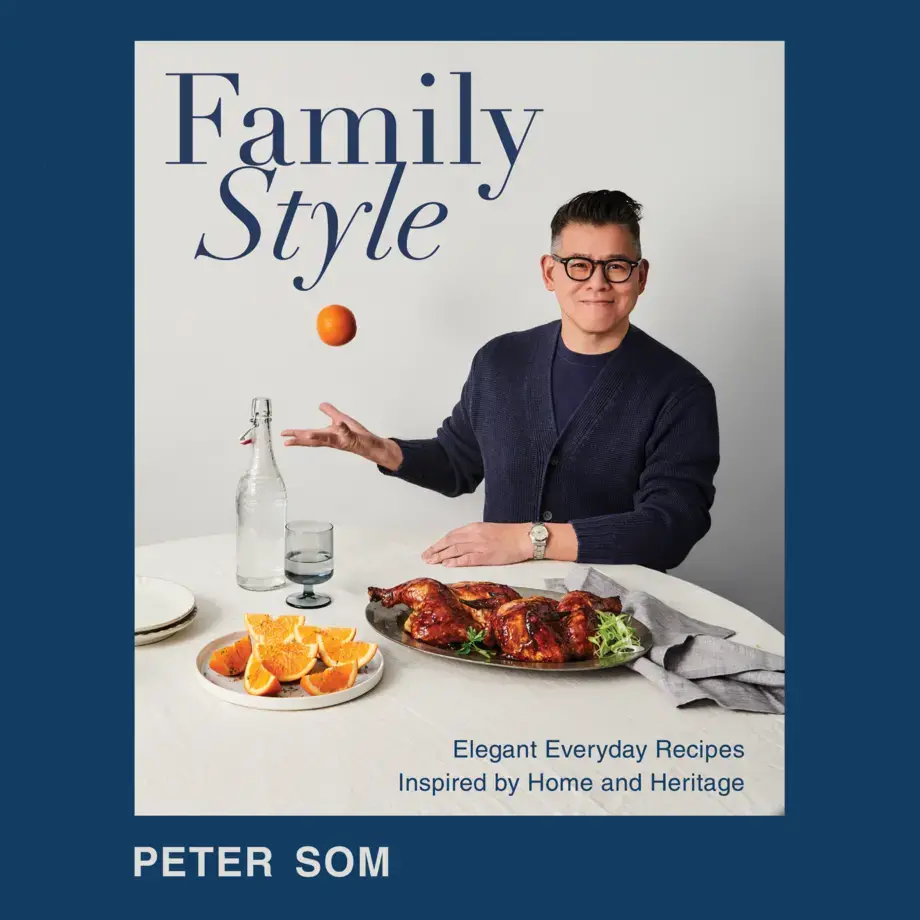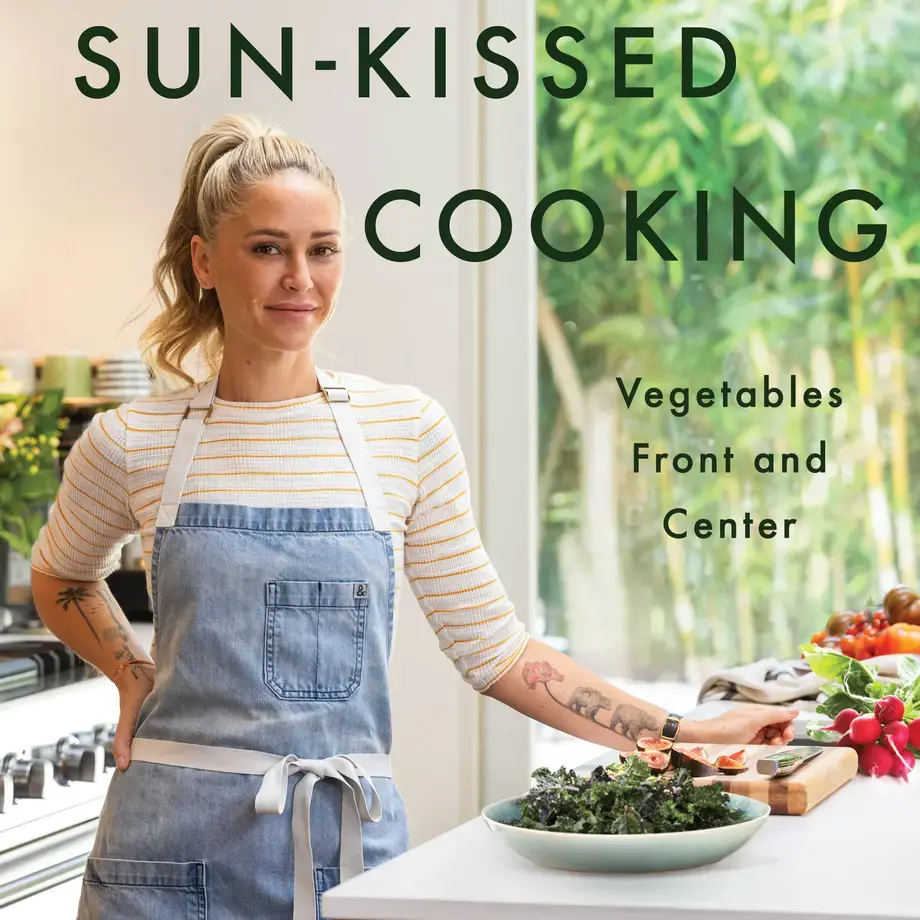If you asked people to pick a food to represent the year 2020, surely most would pick the sourdough bread they baked at home during the lockdown. Suddenly finding themselves with excess time on their hands and little control over the future, people all around the world turned to baking to help pass the time and to add a comforting sense of structure to their lives. Google reported an all-time high in queries about bread, and, as supermarkets began running out of supplies, searches for ‘how to make bread without yeast’.
Whether people turned to sourdough simply because it doesn’t require commercial yeast, or because they wanted a longer project they could really invest in, we will never know. Many people believe that baking can help reduce anxiety, distracting the mind from the outside world, and allowing the baker to feel in control again.
For the uninitiated, sourdough is a type of bread that is made using a live starter culture that can be made at home from fermented flour and water. Sourdough does not require commercial yeast, as the wild yeasts and bacteria in the starter will help it to rise. These ‘friendly’ bacteria also make sourdough easier to digest than most breads and give it a delicious tangy flavour and chewy texture.
Whether you’re an experienced lockdown baker looking for ways to improve your sourdough game, or a new baker in search of some advice, there are few better places to look than the spiritual home of sourdough, San Francisco.
Sourdough has been synonymous with San Francisco for decades, with residents lining up outside the city’s many artisan bakeries each morning to collect freshly-baked loaves. San Francisco sourdough is said to have a complex, extra tangy flavour - like regular sourdough but more so.
So what’s their secret? Nobody knows, exactly. The tangy flavour is due to the acetic acid that forms during fermentation, but why San Francisco’s bread should have more of it remains unclear. It was previously thought that the reason was a bacteria called lactobacillus sanfranciscensis, discovered in the city in the 1970s and thought to be unique to the Bay Area. Unfortunately for this theory, lactobacillus sanfranciscensis has since been discovered alive and well in several countries around the world.
Although there is no one special bacteria unique to the area, it is still possible that the San Francisco flavour is caused by bacteria. Many bakeries have passed their starters down for generations, and their success may simply be the result of a thriving starter colony made up of a particularly tasty combination of bacteria.
Another contributing factor could be the unique food culture of San Francisco, where quality ingredients and authentic recipes are paramount. Here, customers are willing to pay more and wait longer for properly made bread, giving artisan bakers the confidence to invest in quality ingredients and to wait that little bit longer for the perfect prove and the perfect rise.








